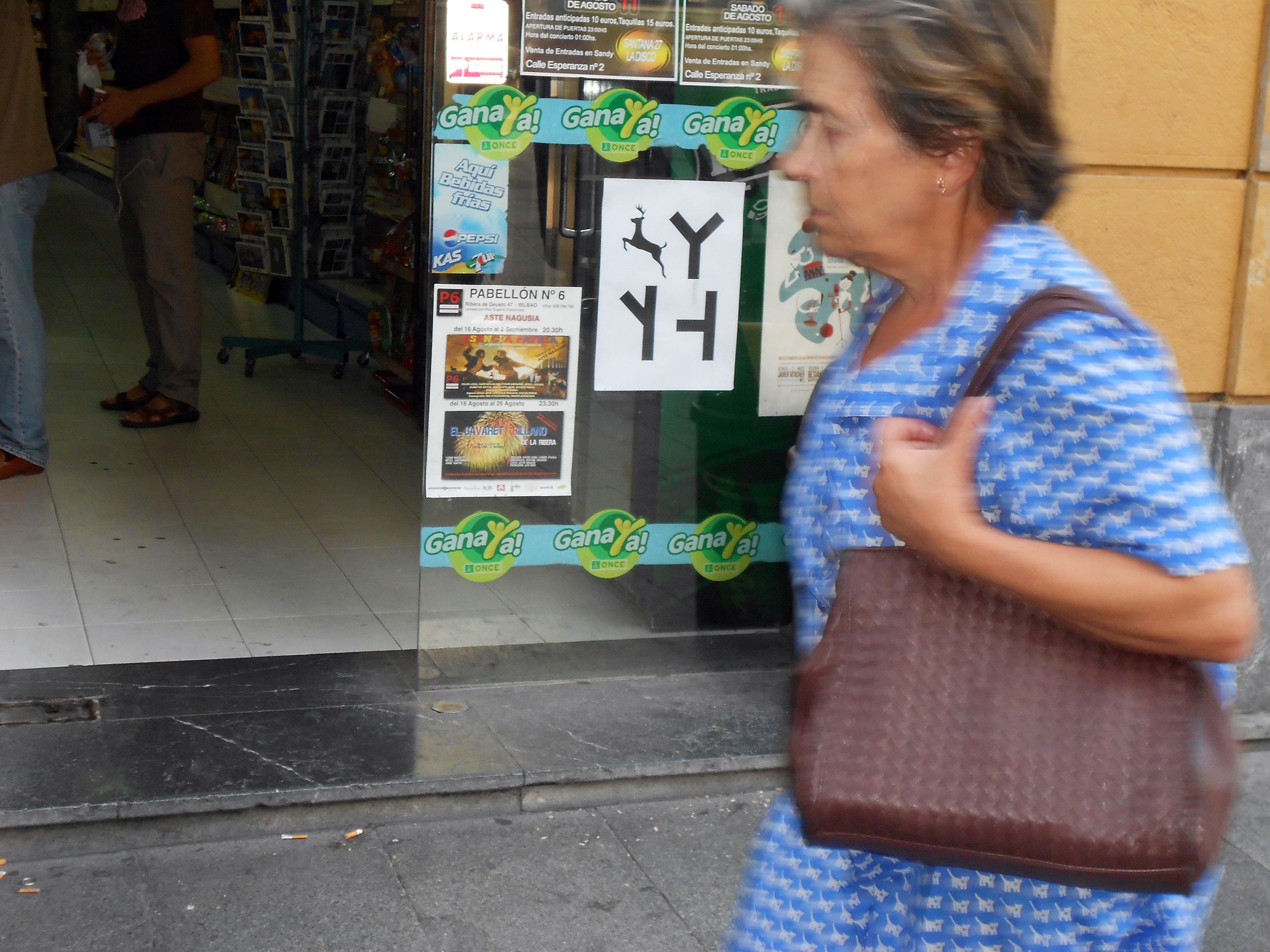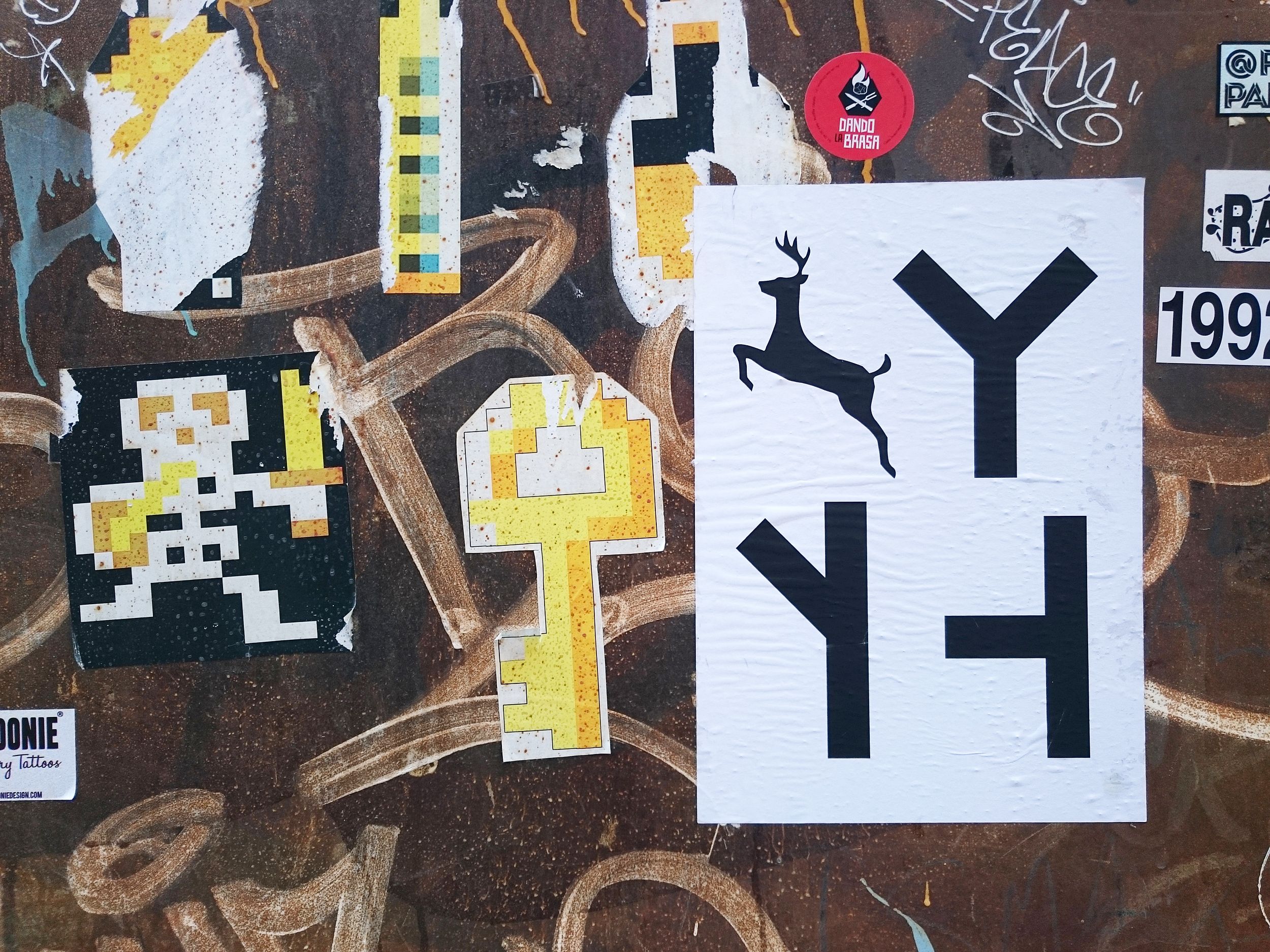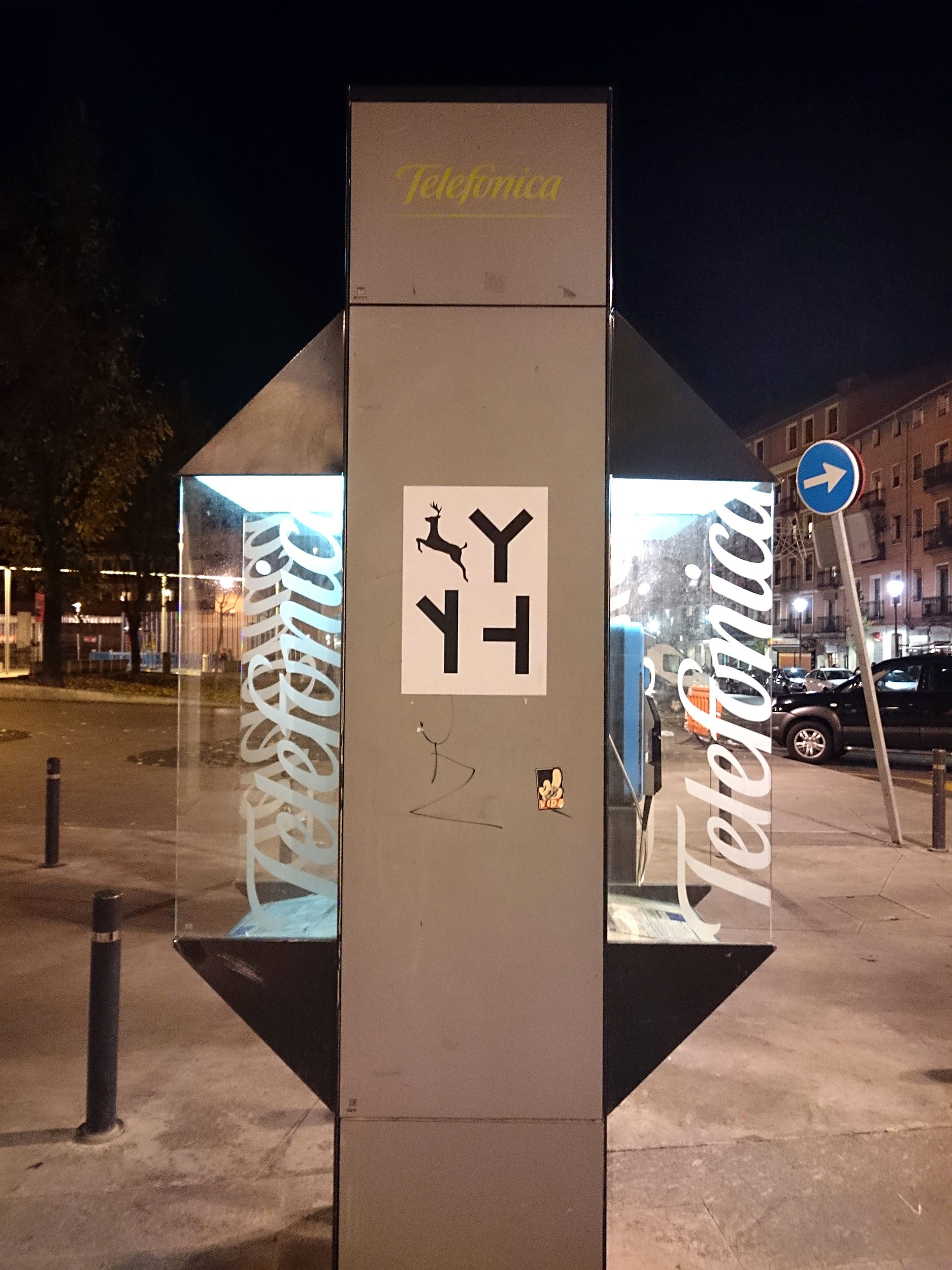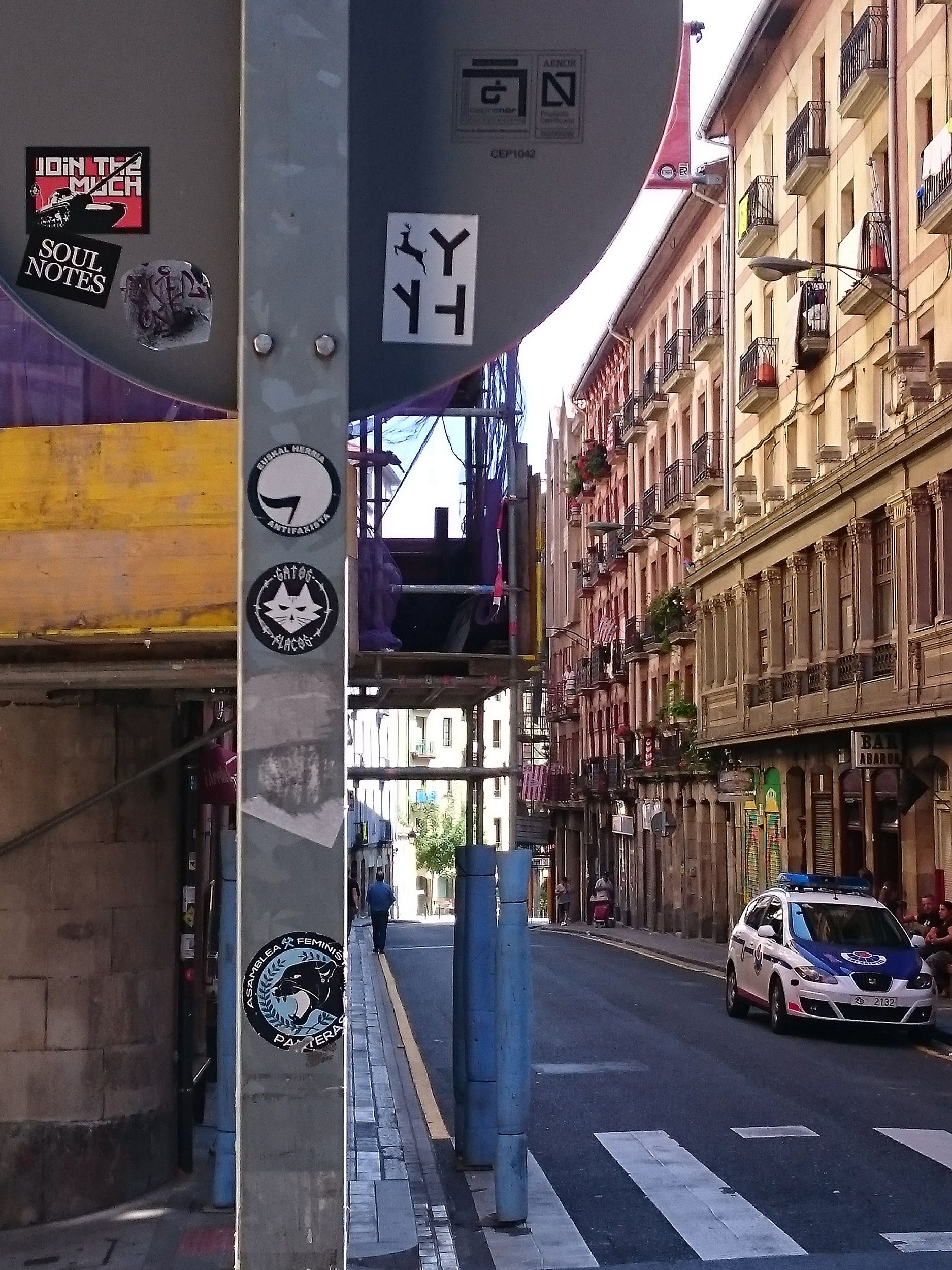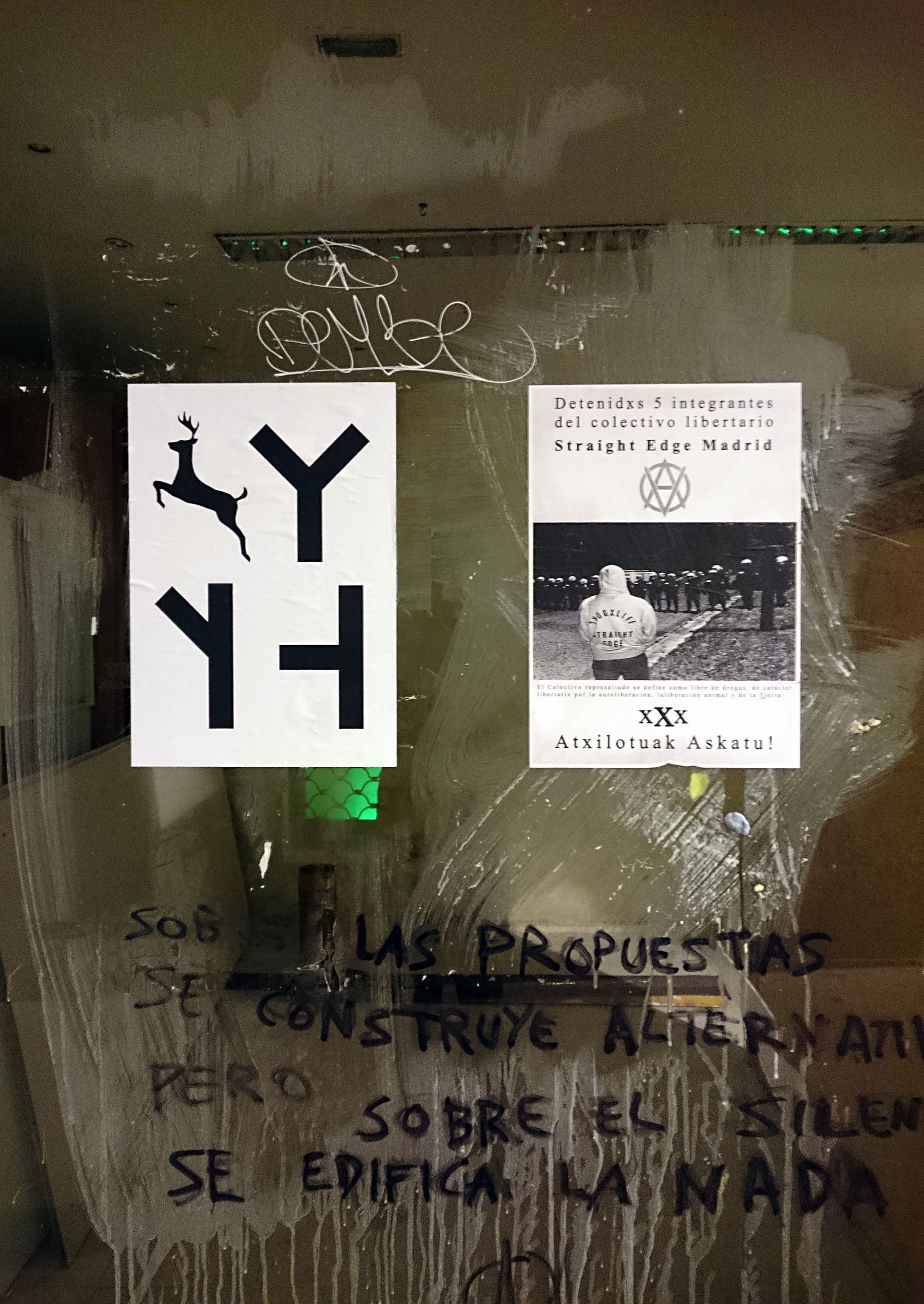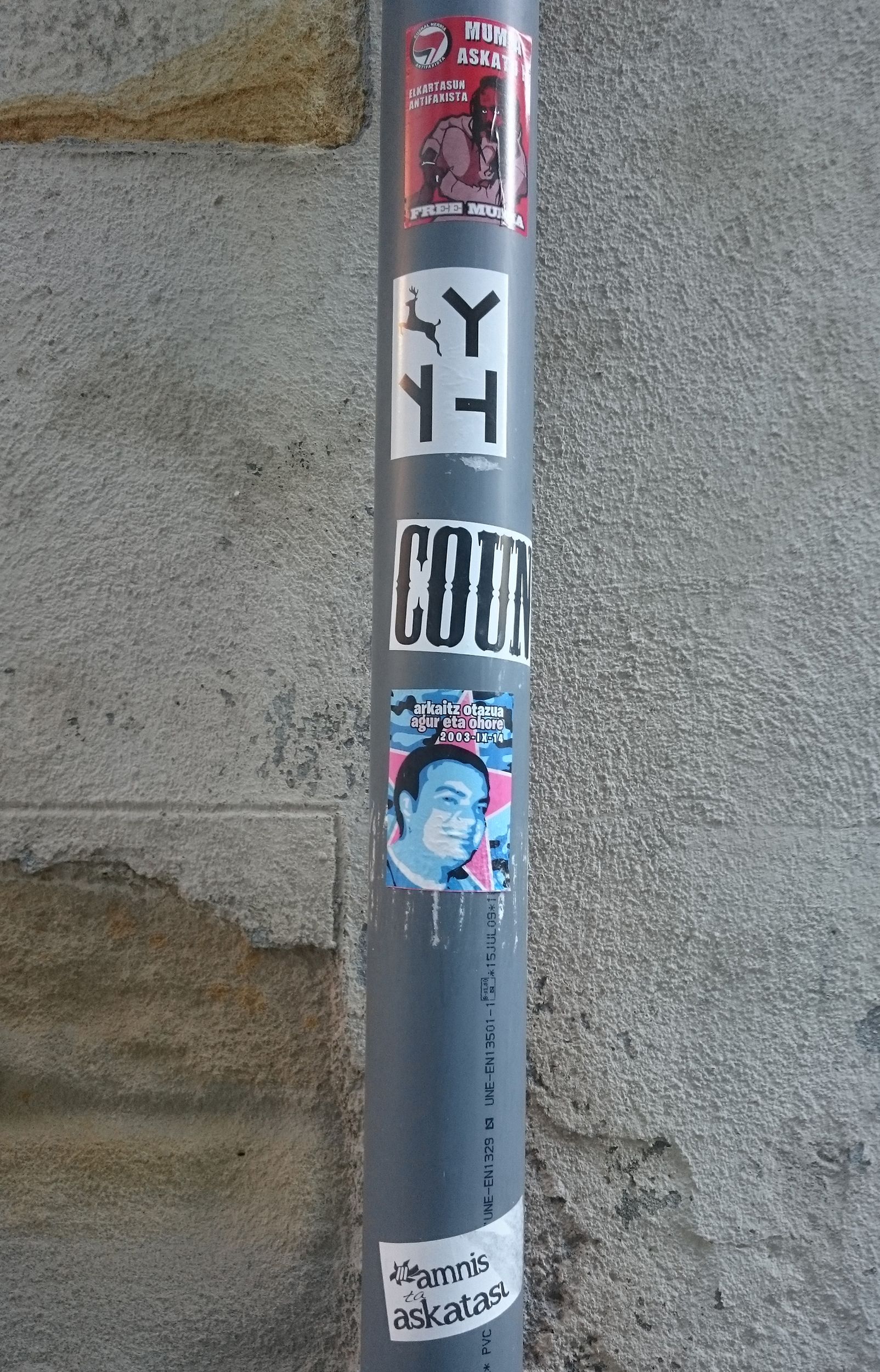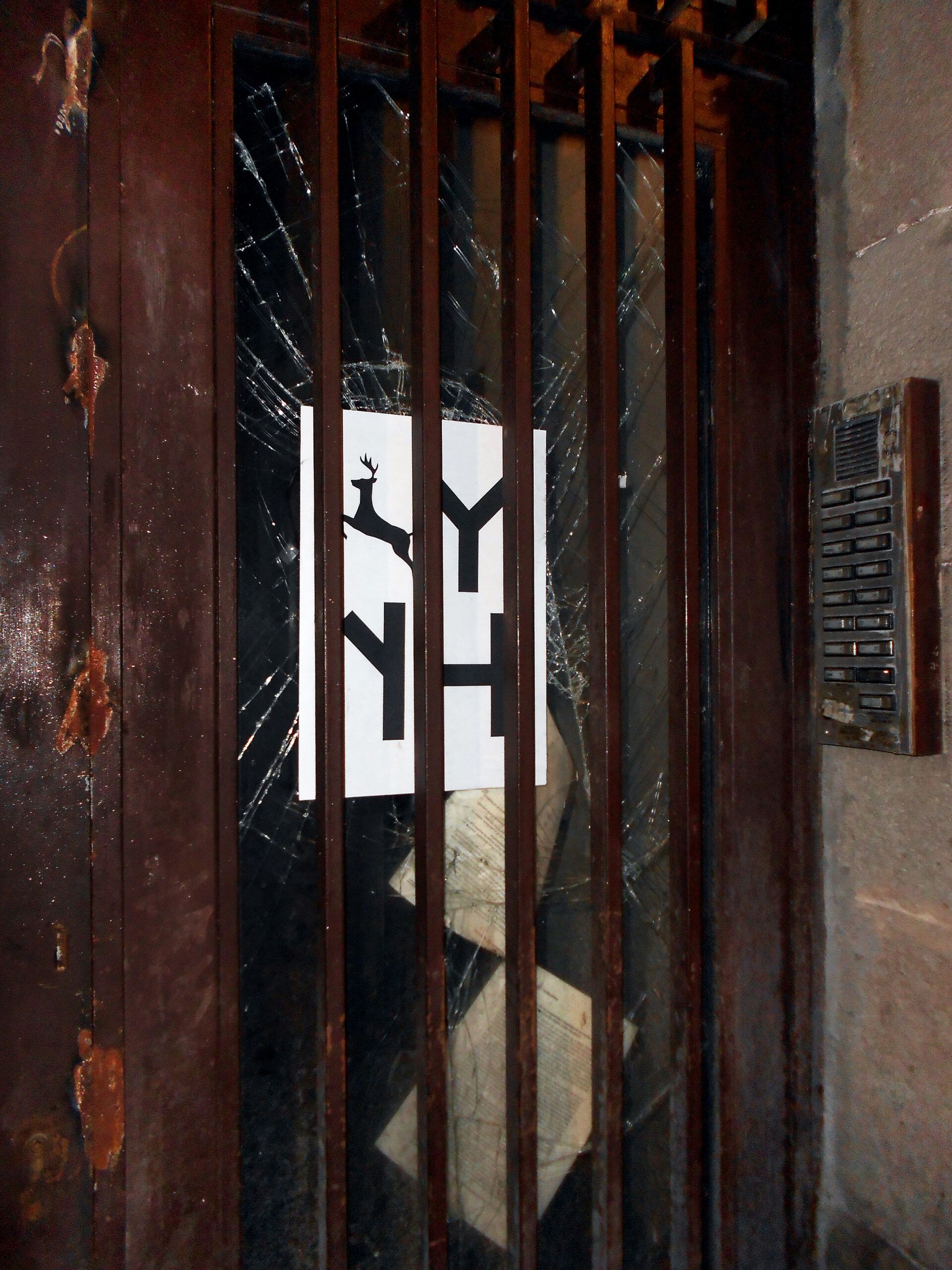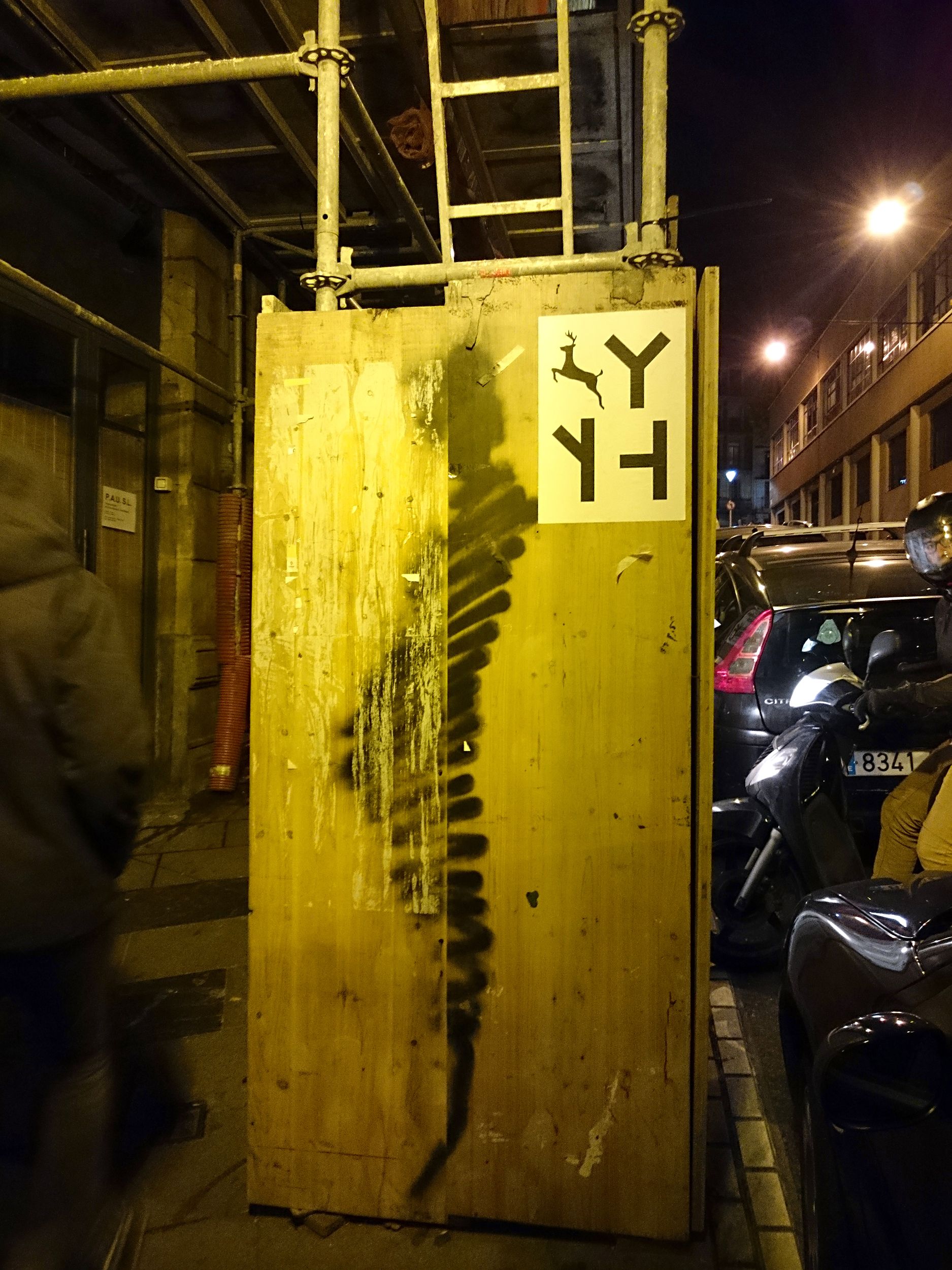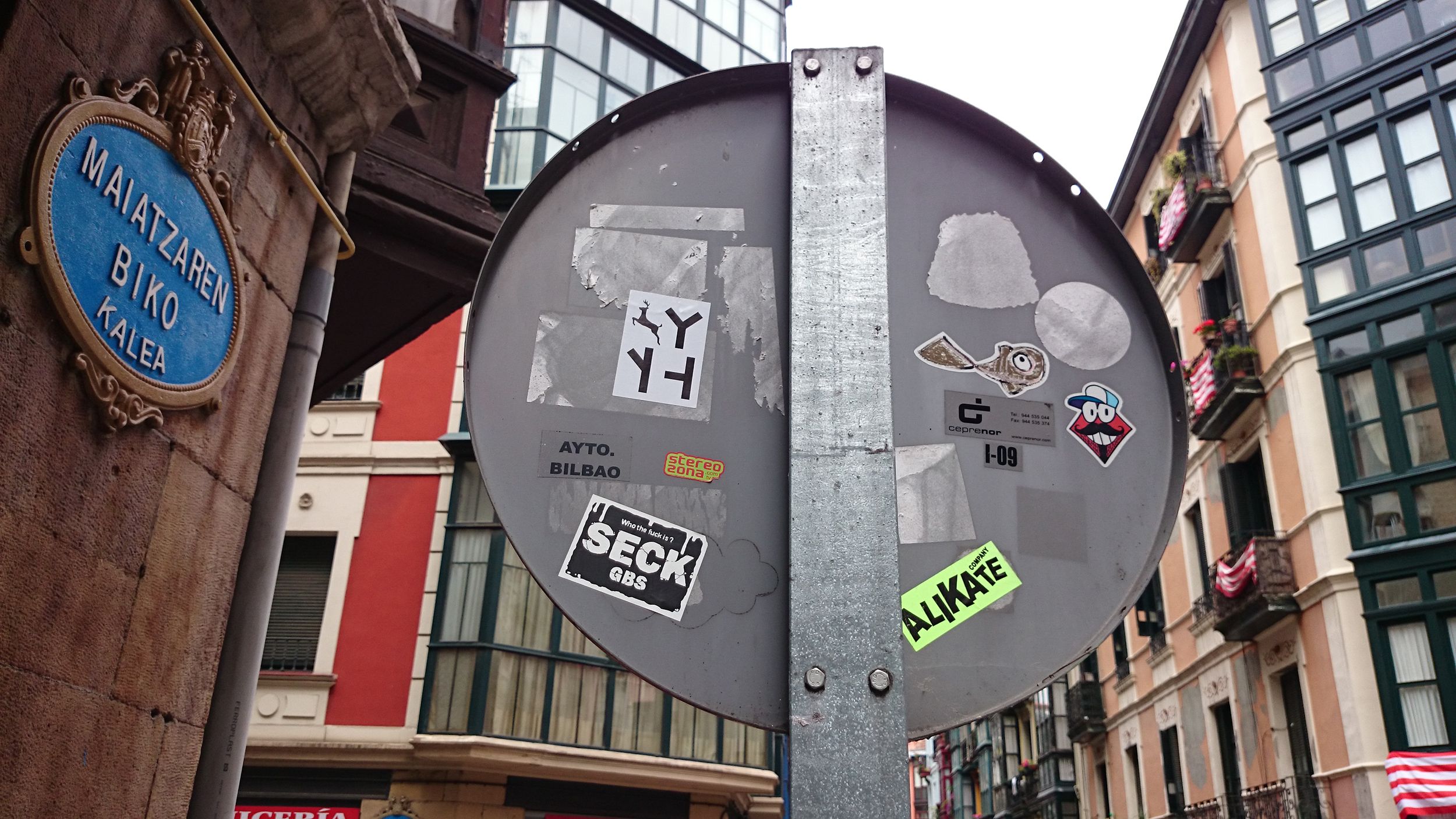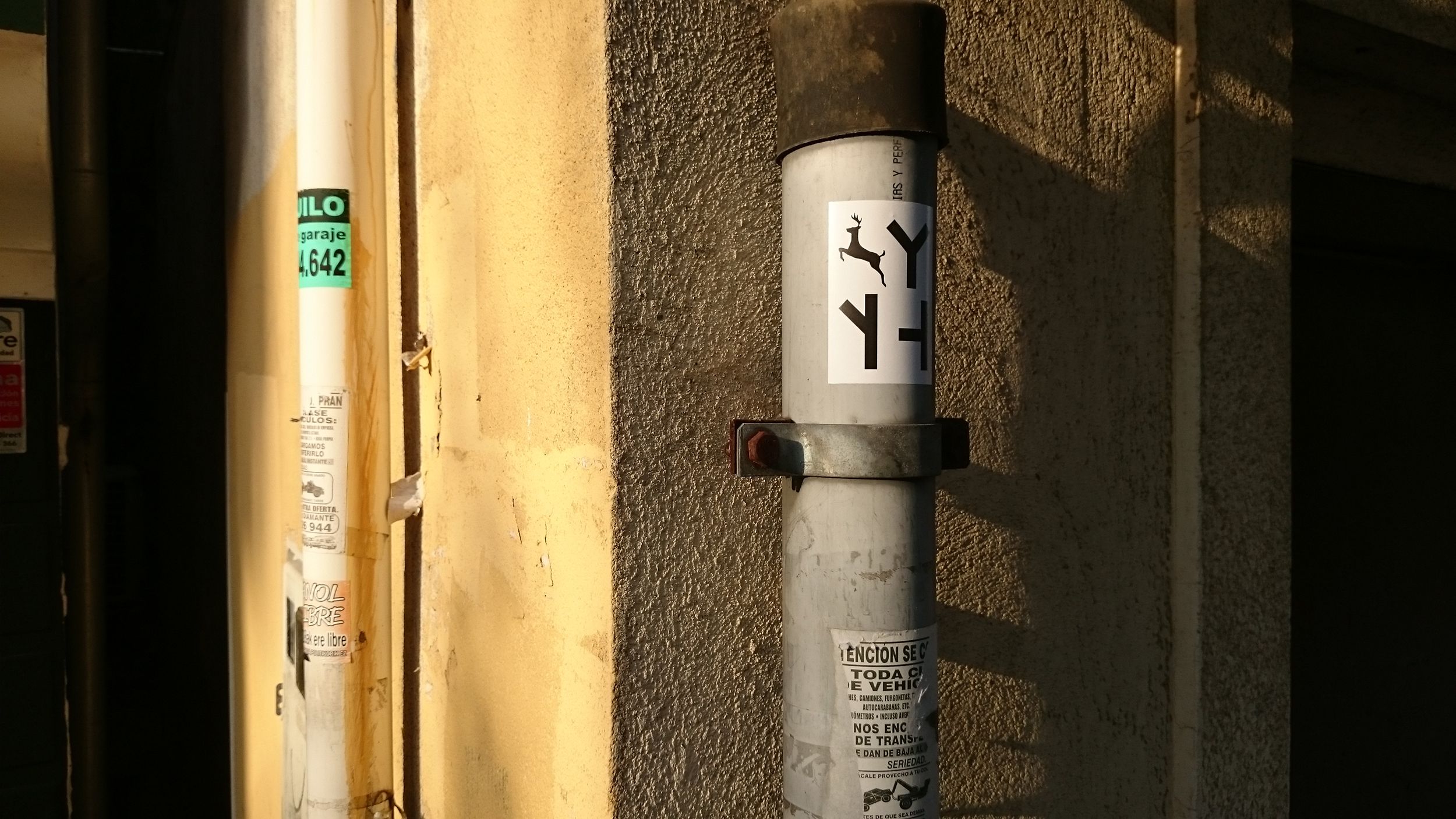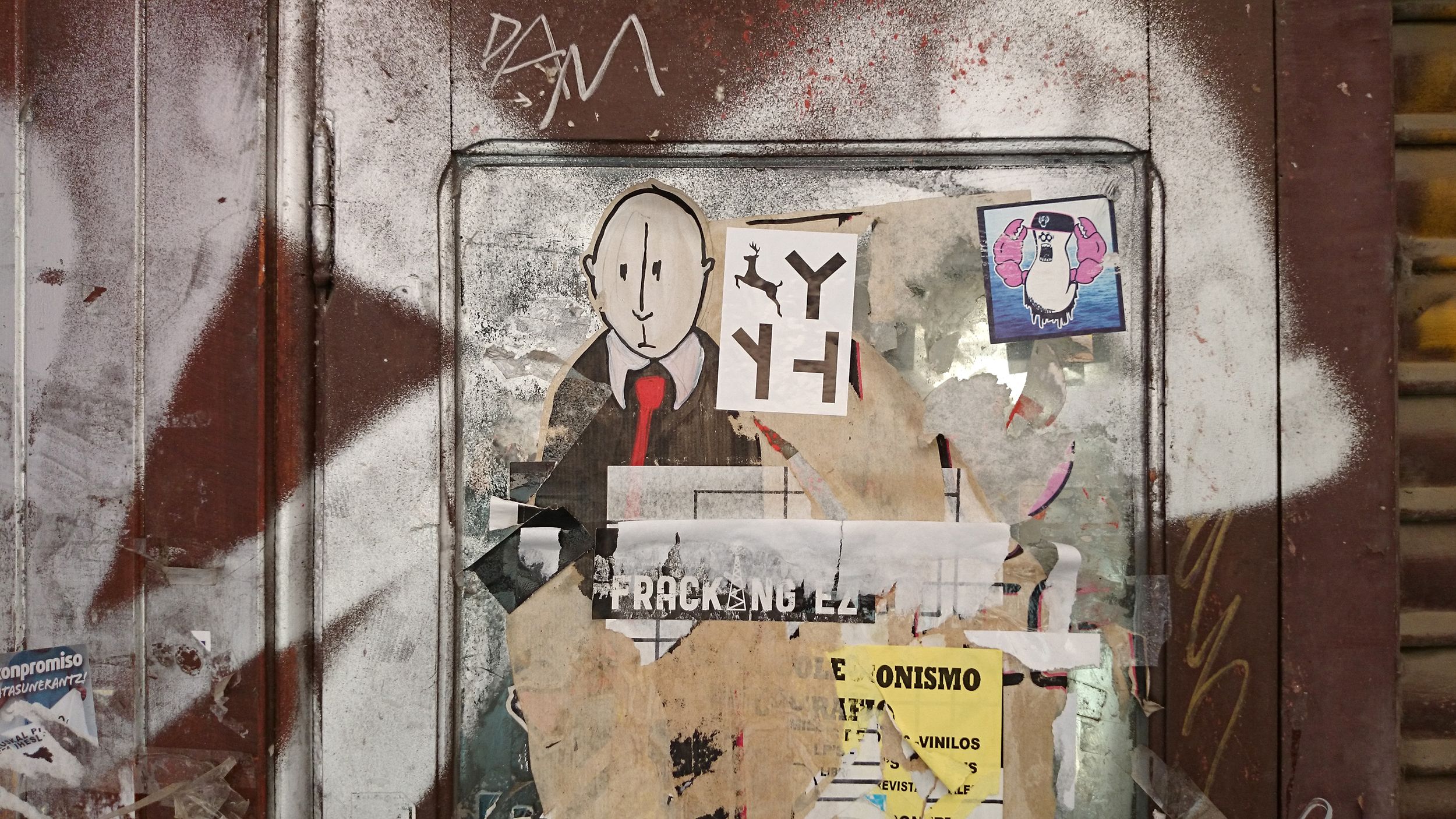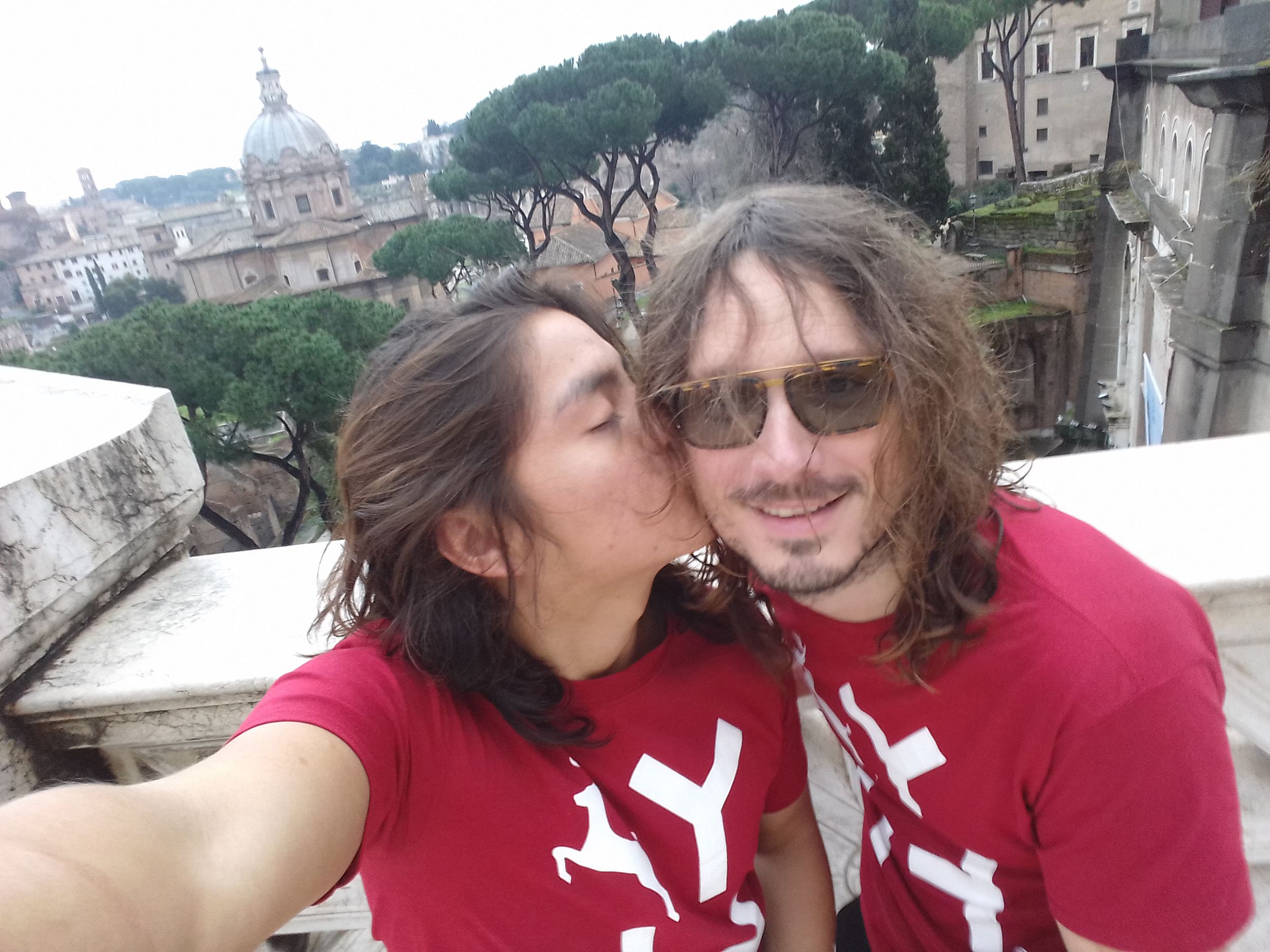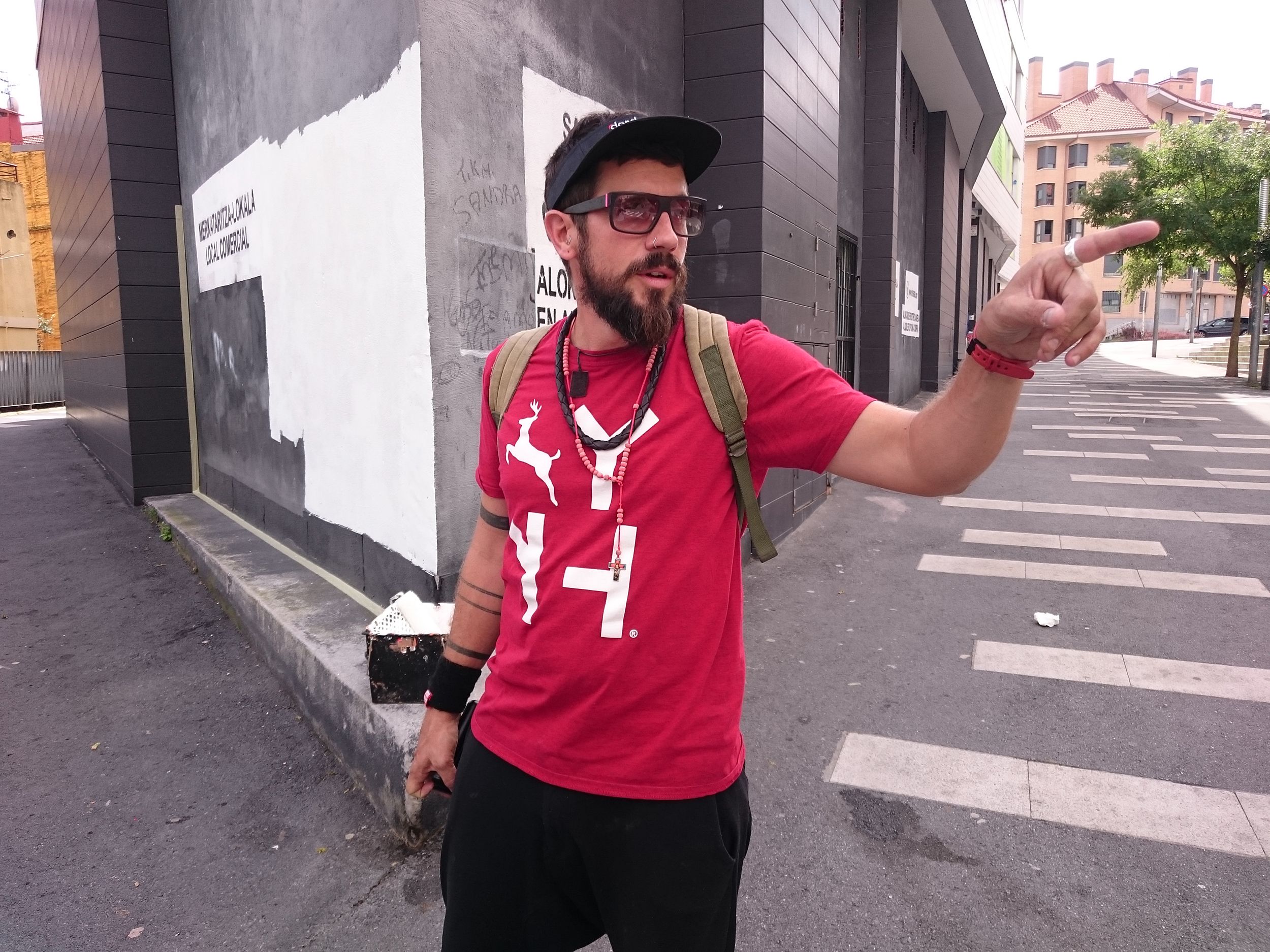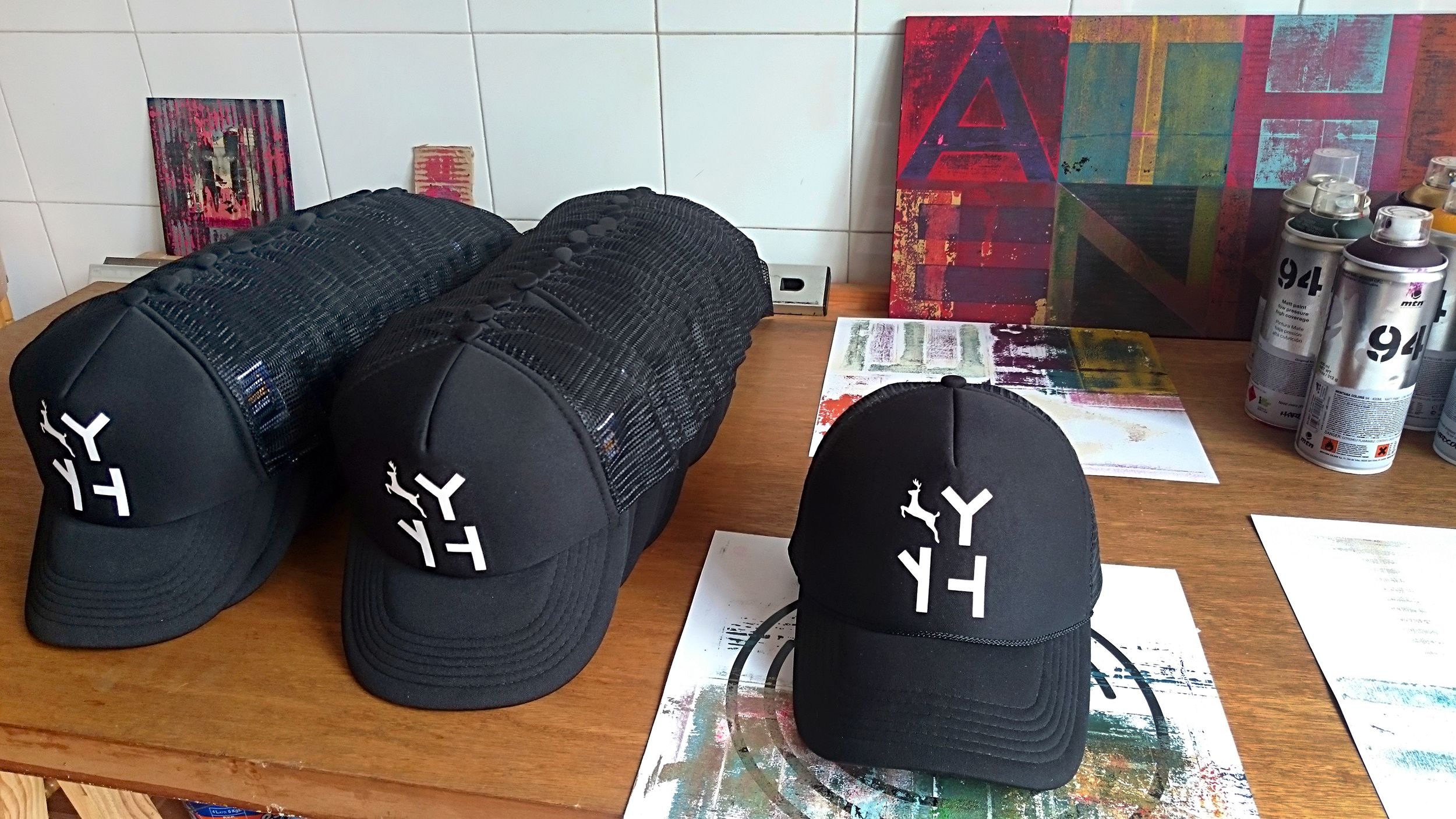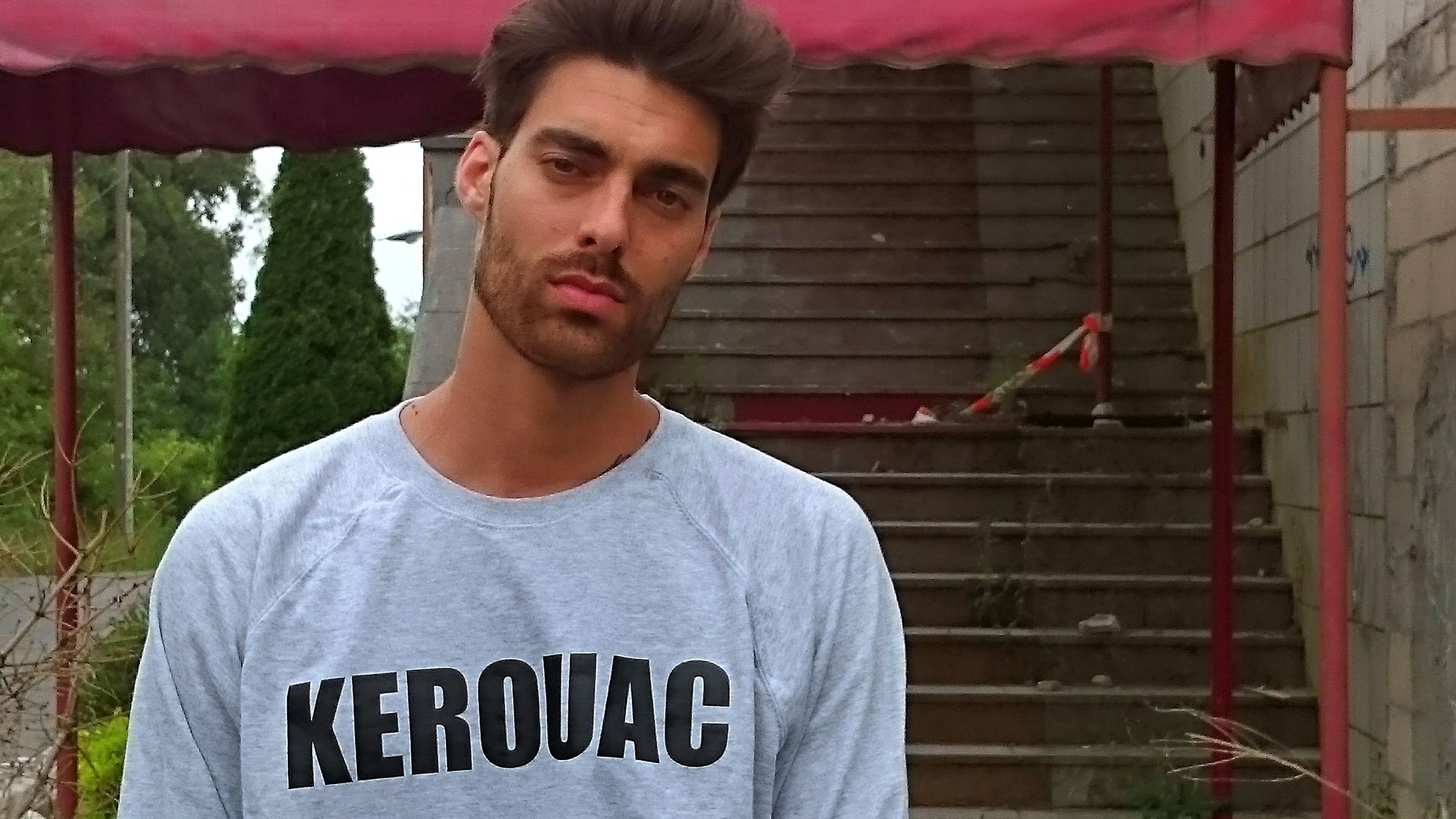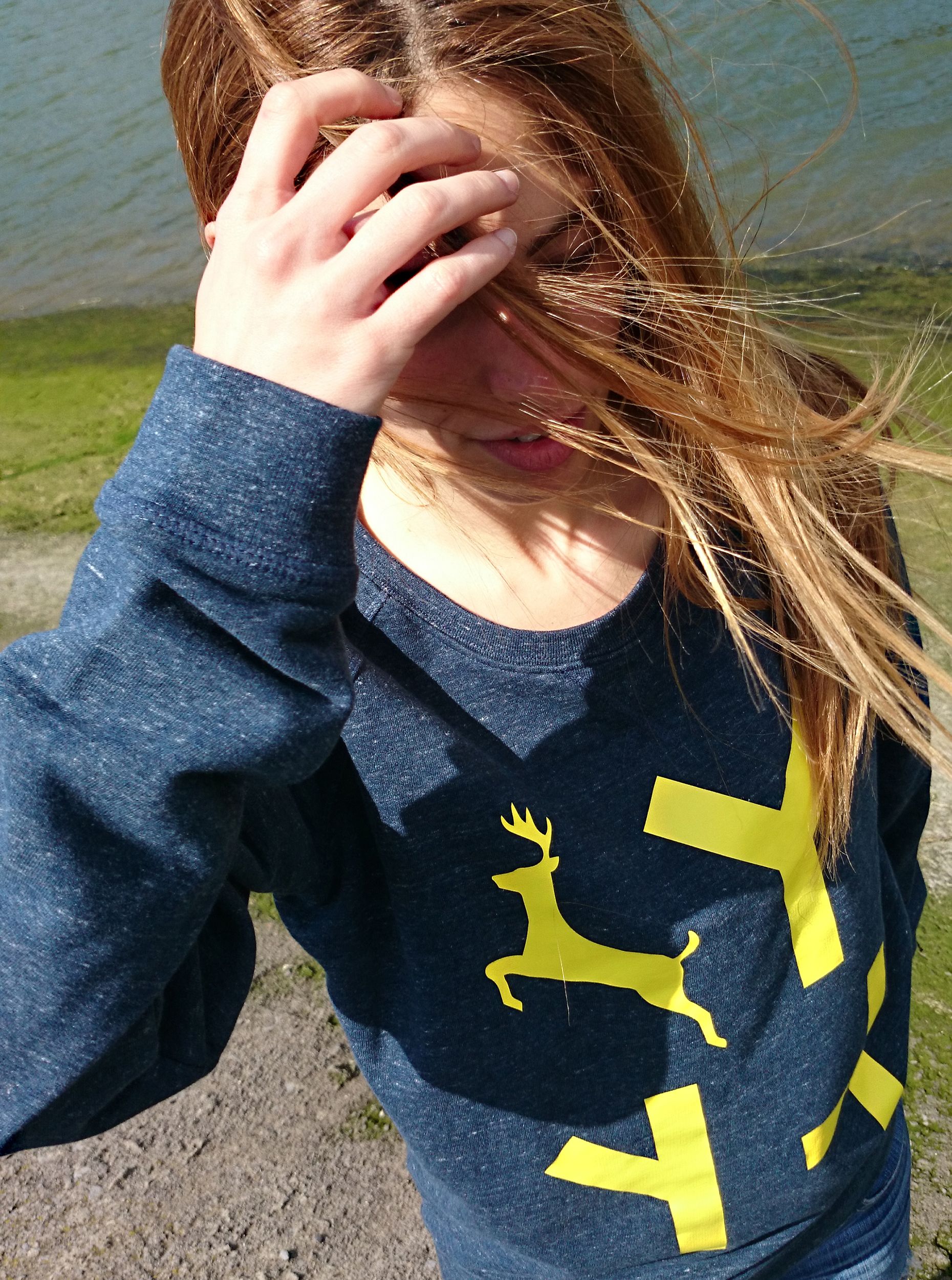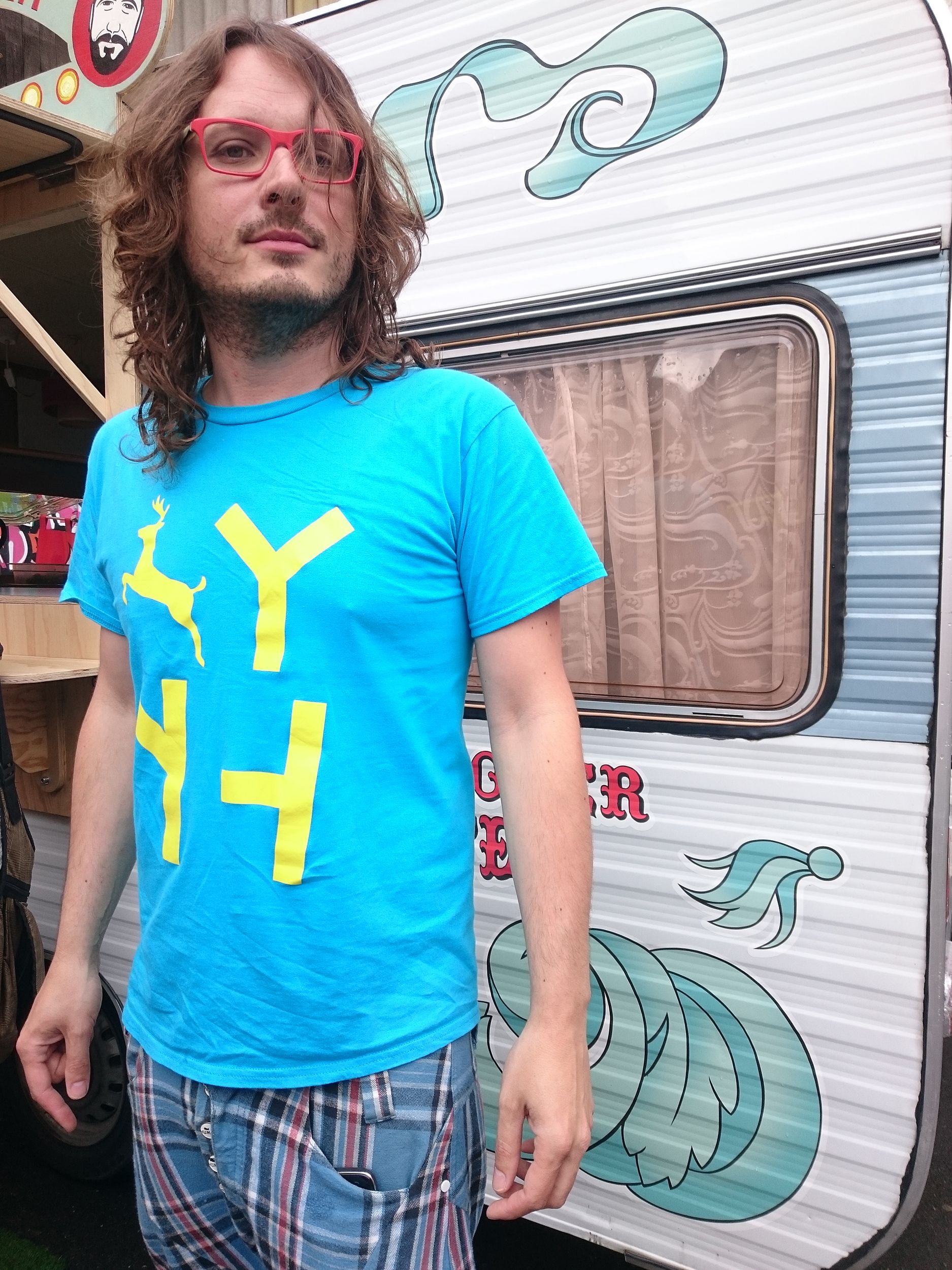Pasting posters and stickers on the streets was my introduction to urban art. When I started, I wasn’t aware that I was becoming a pioneer of Paste Up in Barcelona, in the late nineties.
I liked photography and, influenced by the saturated black and white aesthetic of English hardcore bands’ album covers such as Discharge and Crass (among others), I began experimenting with infrared film and old photocopiers.
It was then that I realized what really interested me was “painting with the camera”, a kind of analog Photoshop.
After several experiments, I achieved something: the images I created had a strong visual impact, the kind of photo that doesn’t need much time to analyze. Just like a Discharge song, the message was delivered in a direct and raw way. Following the influences of Crass and all of Gee Vauchan’s militancy in her urban guerrilla art processes, I understood that the purpose of my works was the street, not the galleries, and I began pasting my photos around the streets of Barcelona.
The work was very well received and had an immediate impact. This whole process made me fall in love with creating art in public spaces. Soon I succumbed to spray paint and started developing my own style on walls and shutters.
In 2012 I went back to using this technique through logo art. The design I used became my avatar for many years. I admit it was heavily influenced by the logo of the American hardcore band Black Flag, created by visual artist Raymond Pettibon. Although they seem very different, the essence is the same. The aesthetics of 1980s hardcore bands were a huge reference in my artistic education, and over time I began to see how they surfaced in my work.
It was fun to paint murals and paste posters on the streets of different cities. The design was a tribute to nomadism; it had a strong impact because it was unreadable and strange. Passersby couldn’t figure out the purpose of the image, which created curiosity and doubt. I remember that in Bilbao different theories emerged about its meaning, and in Barcelona I met people who thought my posters and murals were made by two different artists.
In both periods when I used this technique, I chose black and white: it had a more immediate effect in the street and was also cheaper to produce. Paste Up is expensive to maintain; a mural can be paid for, but a poster or sticker is a more personal kind of art. Nowadays there is an entire circuit of artists flooding cities with their graphics, but it still remains a minority and not very commercial movement.
Over time I applied the logo to streetwear—on T-shirts, sweatshirts, and caps. I really enjoyed doing that, since streetwear had always influenced me. Apart from American hardcore, the world of skateboarding had a huge impact on my life, and seeing my designs on urban clothing was truly exciting.
In 2015 and 2016 I was sponsored by the beer brand Heineken, which funded my murals, textile production, and a tour of events showcasing all my artistic work. Thanks to the brewery’s support, I produced hundreds of garments that, instead of selling, I hid around the streets. On my social media, I created a treasure hunt so people could find them. This made each T-shirt, sweatshirt, cap, or print become a limited edition, and finding one turned into a fun experience.
I loved both experiences. In a way, they were a form of reconnection with the cultures of my adolescence, and at the same time, they brought me into street art. Each creative process was surrounded by hundreds of nocturnal adventures. I had a lot of fun and I believe I contributed something to art in public spaces.
Although I still find Paste Up and street art genuine and appealing, I understand that I am a more introspective artist now, one who tends to withdraw from his surroundings. Over time, I managed to classify my influences in order to move forward into new stages: to be myself, but not always the same self.
These days, I would find it exhausting to return to those long nights of action, but I love having that chapter in my life.

